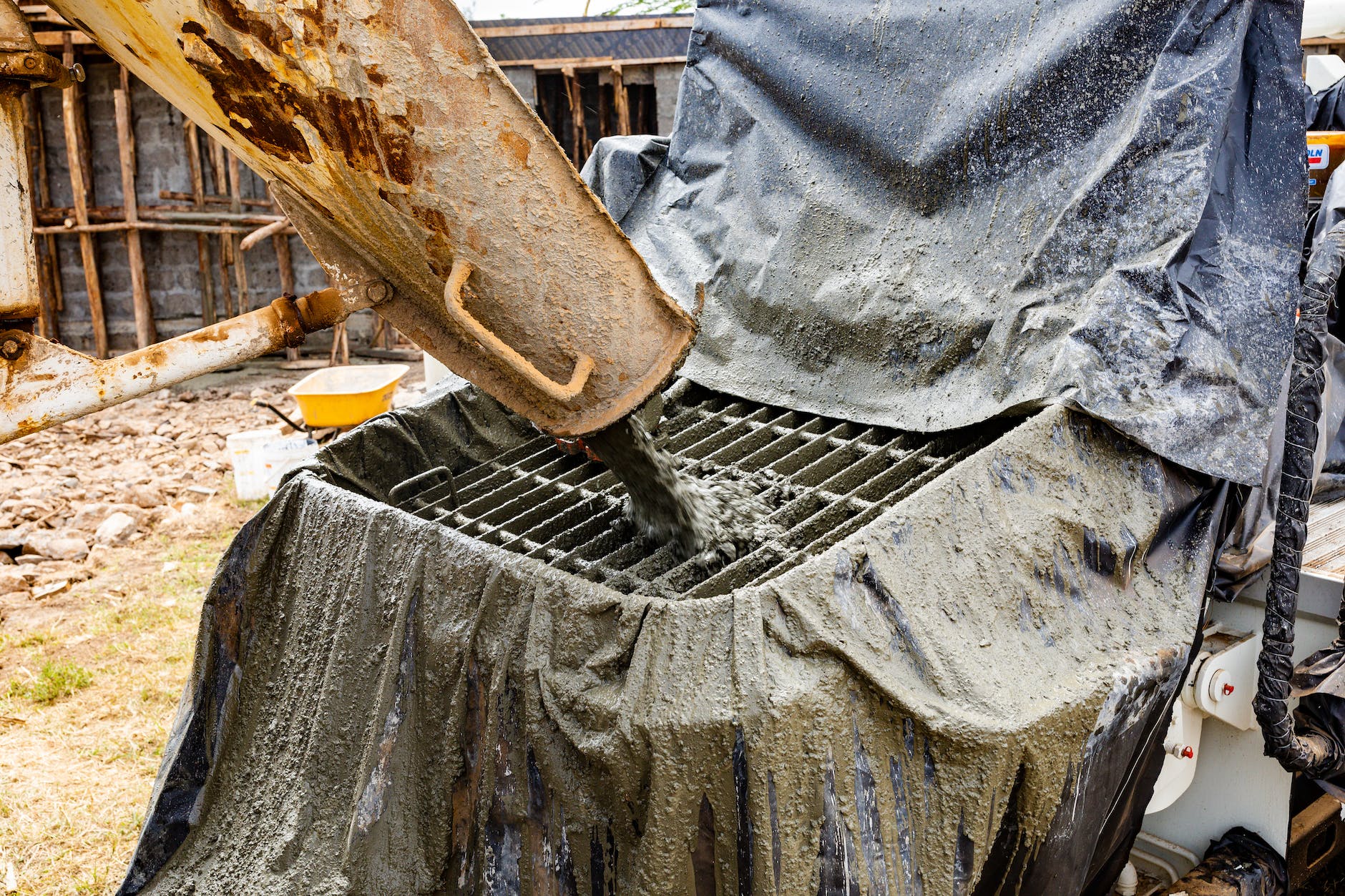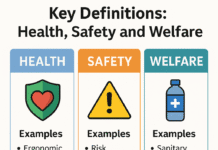
Concrete Pouring Hazards and Precautions: Safeguarding Your Construction Project
Introduction
Concrete Pouring Hazards and Precautions : When it comes to construction projects, one of the critical phases is concrete pouring. This fundamental step forms the foundation and structure of many buildings and infrastructure. However, it’s not without its challenges and hazards. In this article, we will explore the potential dangers associated with concrete pouring and discuss the precautions you should take to ensure a safe and successful construction process.
Understanding the Risks
1. Concrete Burns
Concrete may seem harmless, but it can cause chemical burns if it comes into contact with your skin. The high pH levels in wet concrete can lead to severe skin irritation or burns, making it essential to handle it with care.
2. Slips and Falls
Wet concrete is incredibly slippery. Construction sites are already prone to accidents, and adding wet concrete to the mix can increase the risk of slips and falls.
3. Heavy Equipment Accidents
Concrete pouring often involves the use of heavy machinery like concrete trucks and pumps. Accidents involving these machines can be catastrophic, leading to injuries and even fatalities.
4. Structural Failures
Improper concrete pouring techniques or inadequate curing can result in structural failures in the future. These failures can be costly and dangerous.
5. Respiratory Issues
The dust and fumes released during concrete pouring can be harmful to the respiratory system. Prolonged exposure can lead to lung problems and other health issues.
Precautions to Ensure Safety
1. Proper Protective Gear
Always wear the appropriate protective gear, including gloves, safety goggles, and long sleeves, when handling wet concrete. This will minimize the risk of skin contact.
2. Non-Slip Footwear
Invest in non-slip footwear to reduce the chances of slipping on wet surfaces.
3. Training and Certification
Ensure that all workers involved in concrete pouring are adequately trained and certified to operate heavy machinery. Regular safety training is essential.
4. Inspection and Quality Control
Regularly inspect the concrete mix for consistency and quality. Proper mixing and testing can prevent structural issues later on.
5. Ventilation
Provide adequate ventilation in enclosed areas to disperse dust and fumes. Workers should wear respirators if necessary.
Best Practices for Concrete Pouring
1. Plan Ahead
Thoroughly plan the concrete pouring process, including scheduling, logistics, and safety measures, before beginning the operation.
2. Use the Right Concrete Mix
Choose the appropriate concrete mix for your project, taking into account factors like weather conditions and load-bearing requirements.
3. Adequate Curing
Properly cure the concrete to ensure it gains strength and durability over time. Avoid shortcuts in the curing process.
4. Regular Site Inspections
Schedule regular site inspections to identify and address safety concerns promptly.
Conclusion
Concrete pouring is a critical phase in construction, but it comes with its fair share of hazards. By understanding the risks and implementing the necessary precautions, you can ensure the safety of your construction project and the well-being of your workers.
Carpentry Hazards and Precautions
Scaffolding Hazards and Precautions
Work at Height Hazards and Precautions
How to Calculate Crane Load Capacity Without a Load Chart
How To Calculate Crane Load Capacity?
Frequently Asked Questions (FAQs)
1. Is concrete pouring a hazardous job?
Concrete pouring can be hazardous due to the risk of chemical burns, slips and falls, and heavy equipment accidents. However, with proper precautions, these risks can be minimized.
2. What is the best way to protect against concrete burns?
Wearing appropriate protective gear, including gloves and safety goggles, is the best way to protect against concrete burns.
3. How can I ensure the quality of the concrete mix?
Regularly inspecting the concrete mix for consistency and quality and following best practices for curing are essential steps to ensure a high-quality mix.
4. Are there specific safety regulations for concrete pouring?
Yes, there are safety regulations and guidelines set by OSHA (Occupational Safety and Health Administration) that construction companies must adhere to when it comes to concrete pouring.
5. What should I do if an accident occurs during concrete pouring?
In case of an accident, immediately seek medical attention for injured individuals and report the incident to your supervisor or site manager for further investigation.






















Great blog! This article helps the contractor to prevent accident while pouring concrete.